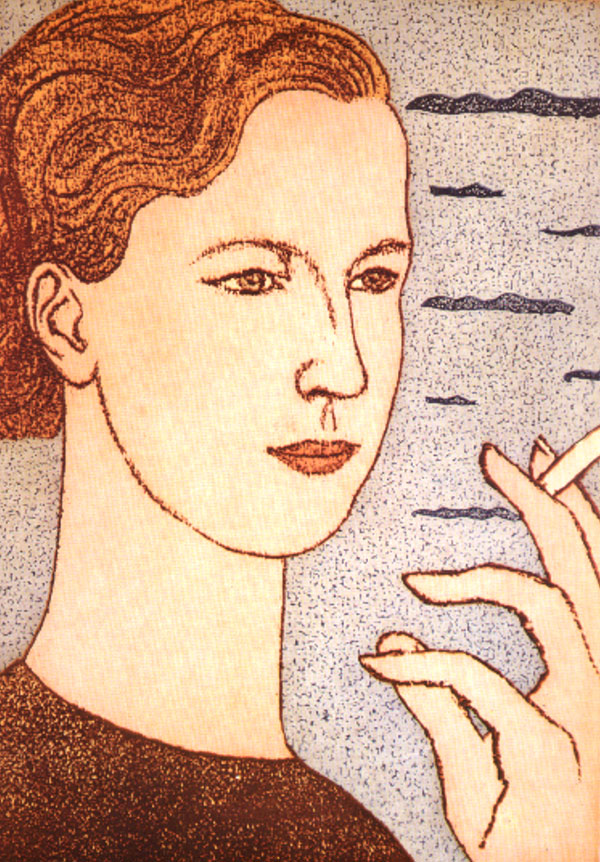Panayiotis Kalorkoti
Panayiotis Kalorkoti’s early reputation is largely based on his inventive and particular use of colour etching. Employing a collage approach (which he calls ‘a play of the mind’) to the layout and structuring of serial images, these impressive prints combine elements of photomontage with grids like a comic strip. Although he began as a painter, Kalorkoti was dissatisfied with his work in that medium, judging it to be literally too unwieldy and heavy for what he had to say. So he developed his layered multi-plate approach to print-making, which in sheer density (of content as well as technique) can be said to rival oil painting when operating as satiric commentary in the tradition of Goya, Hogarth, Daumier, Dix and Grosz. Only in 1994 did Kalorkoti once again return to painting, with a series of woodblock-like acrylics done during a residency in Grizedale Forest. He now works mostly on paper, in acrylic and watercolour, but hasn’t used oil for 16 years. The body of work under discussion here, which depicts semi-anonymous assemblies of schematized natural forms, takes watercolour to new heights of decorative and emblematic meaning.
Art for Kalorkoti is a kind of questioning, of essences and of appearances, to which there are no easy or definitive answers. (‘There is no one truth’, he says.) In other words, art acts as a species of philosophical enquiry, engaging with the mundanity of life, through an investigation of visual languages. Refreshingly in this ego-dominated age, Kalorkoti is more interested in raising issues than in projecting himself, though there remains a didactic impulse behind his work. He cannot resist drawing our attention to specific topics which have an underlying political content (in the widest sense). He deplores romanticism, but neither is he a ‘doom merchant’; thankfully, a sense of humour preserves his sense of proportion.

